Frederica Freyberg:
No pun intended, but what are the driving forces behind the UAW strike and other actions across the country and here in Wisconsin? To take the temperature on organized labor and unionization, where it’s been and where it’s going, we turn to retired professor of economics at Milwaukee Area Technical College, Michael Rosen. Thanks very much for being here.
Michael Rosen:
I’m delighted to be here.
Frederica Freyberg:
So of particular interest about you, you worked at the Chrysler plant in Kenosha before it closed. How was the auto workers union different then?
Michael Rosen:
Well, it was — how was it different then? It was a pretty strong union in Kenosha at that time. It was led by Rudi Kozal, who has since passed away, but it was a very strong union. In fact, in the late ’80s, when Chrysler was — when they were threatening to close that entire plant, Kozal led the union in a fight that actually brought an engine plant to Kenosha and kept many people’s jobs. So it was always a strong fighting union, the UAW.
Frederica Freyberg:
So in this strike, as you know, the UAW wants raises in parity with CEO compensation increases, and the median pay for these auto workers, I’ve read, is in the $80,000 range, including benefits, but the GM CEO’s compensation package is something like $29 million. How does this gap compare to the heyday of auto unions in, say, the ’60s or ’70s?
Michael Rosen:
Well, when you think about — this is — when you think about in general the relationship between workers and CEOs, in 1965, CEOs made 15 times as much as their workers. Today, it’s over 350 times. The auto companies have made a quarter of a trillion dollars over the last decade and yet the auto workers have seen a decline in their wages, in real wages, spending power, of 20%, 20%. Meanwhile, the CEOs are being paid $20 million a year, getting $20 million a year raises, and this is really the heart of the matter, the people who are creating the wealth for these auto companies have not been adequately compensated. In fact, you may know this, but they gave up — they gave up cost of benefit increases in the Great Recession. They have not gotten those back. And that’s one of the issues driving the strike. Another issue that’s driving that strike is that they have a two-tier system. Many of the workers are paid significantly less than the more senior workers, and that’s not — and according to the workers themselves, that’s simply not fair.
Frederica Freyberg:
So you have said, and you’re just saying now, that companies consistently demanded concessions from the frontline workers who were creating this wealth, but is the tide turning for union labor on taking those kinds of concessions?
Michael Rosen:
I think it is. I think that there’s several reasons for that, but one of the most important is that we have a very strong economy right now and when we have a tight economy, that is when unemployment is very low, workers are less fearful about losing their jobs, and that’s not the case just recently. That’s been the case historically, all the way back to the 1800s. In the 1830s, in the early 1830s, you saw organizing of workers in the Lowell mills, mainly women workers, young women who’d come off the farms to work in these mills, when the economy was strong, and they built unions. And then, of course, when the economy got weaker, they were laid off and unions declined, and that’s been a historic pattern.
Frederica Freyberg:
This question, what about the argument that giving workers the kinds of pay raises that they’re talking about, 36%, will cost consumers more because production costs will go up?
Michael Rosen:
Well, it’s possible that it will cost consumers more. But in the 1960s, and ’70s, up until 1979, wages rose in tandem with productivity. As productivity went up, the gains in productivity, that’s the output that the workers are producing, was shared with the workers. It went in tandem. Since that time, since that time, there’s been a huge decline, increases in productivity of 65%, but wages for workers have only gone up 17%. So we know from history, we know from our own history in the 1950s, ’60s and even ’70s, that you could compensate workers adequately because their productivity was increasing, and that was broken beginning in about 1979 and ’80, and ever since then, we’ve seen a huge rise in inequality. So I think the experience indicates that you can pay — adequately pay people. Now, will that mean that CEOs and other executives may be less compensated? Possibly. Will it mean that there’s some increase in prices? It could mean. But remember, in the auto industry, the cost of labor is a very small percentage of the cost of production, less than 6%.
Frederica Freyberg:
We need to leave it there. There’s a lot more to talk about and we will call on you again. Michael Rosen, thank you very much.
Michael Rosen:
Well, thank you for having me. I enjoyed it and I hope we talk again soon.
Search Episodes
News Stories from PBS Wisconsin

Donate to sign up. Activate and sign in to Passport. It's that easy to help PBS Wisconsin serve your community through media that educates, inspires, and entertains.
Make your membership gift today
Only for new users: Activate Passport using your code or email address
Already a member?
Look up my account
Need some help? Go to FAQ or visit PBS Passport Help
Need help accessing PBS Wisconsin anywhere?

Online Access | Platform & Device Access | Cable or Satellite Access | Over-The-Air Access
Visit Access Guide
Need help accessing PBS Wisconsin anywhere?

Visit Our
Live TV Access Guide
Online AccessPlatform & Device Access
Cable or Satellite Access
Over-The-Air Access
Visit Access Guide
 Passport
Passport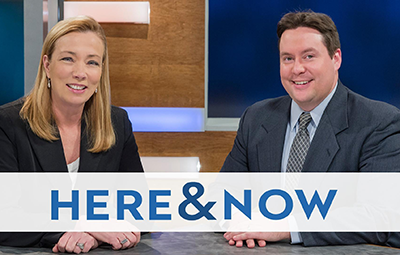







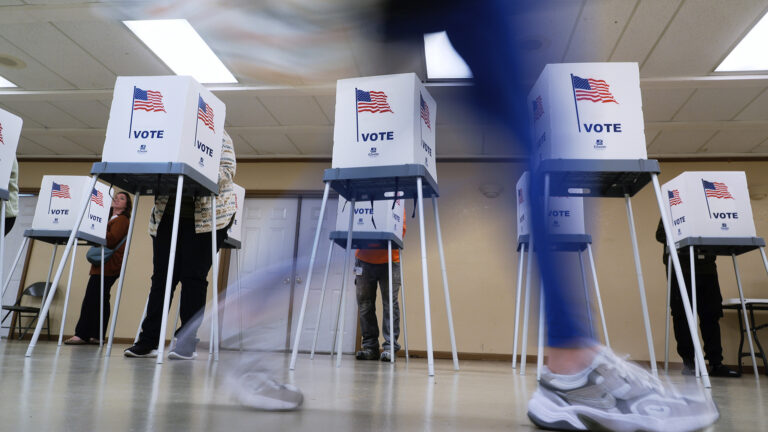

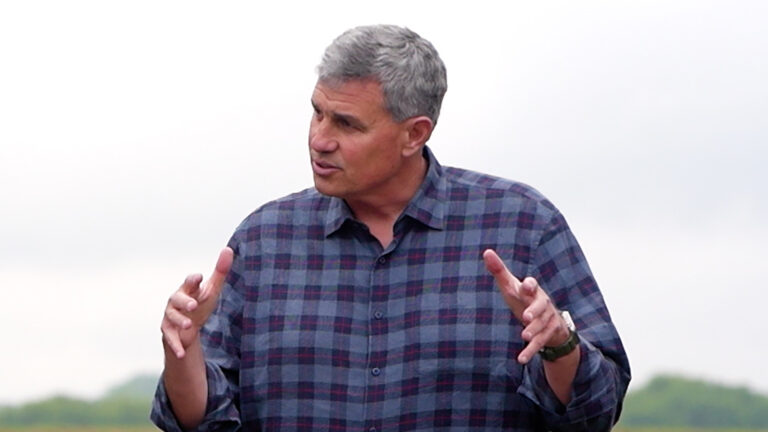

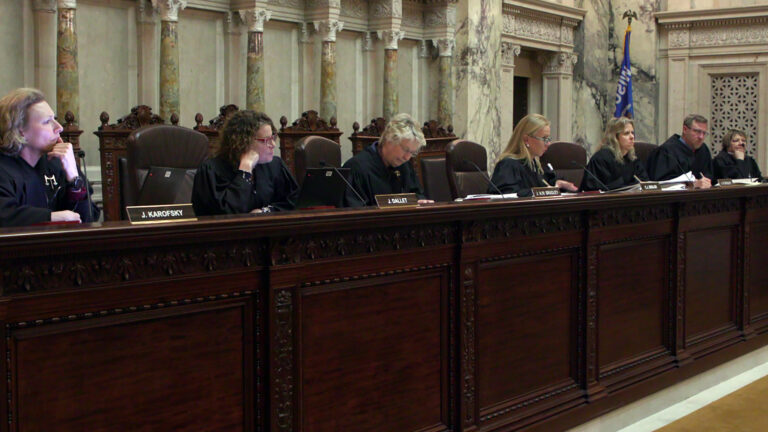
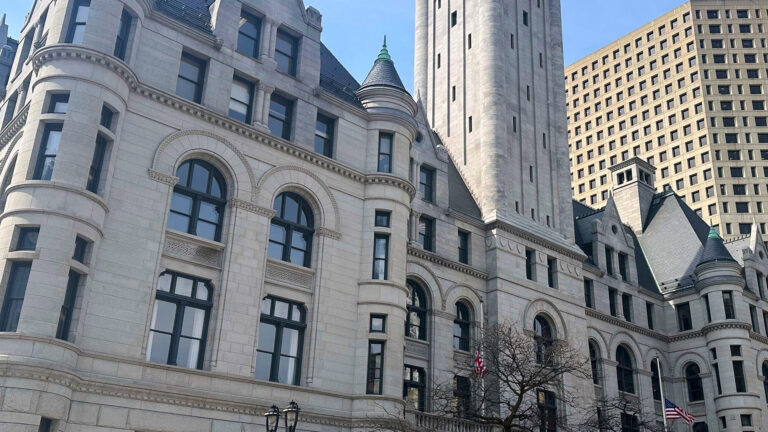
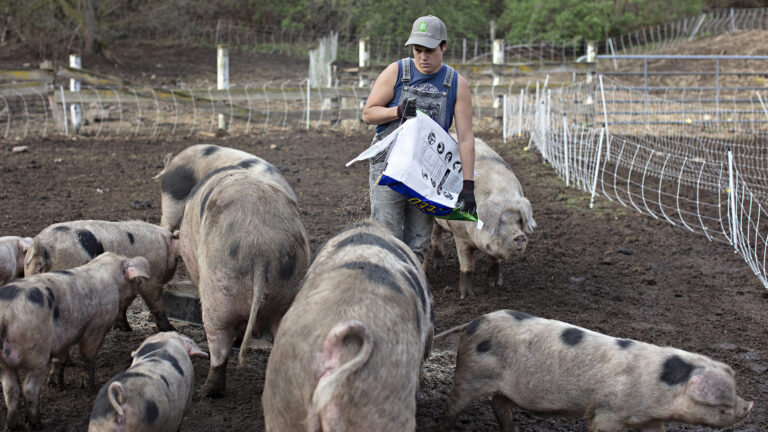
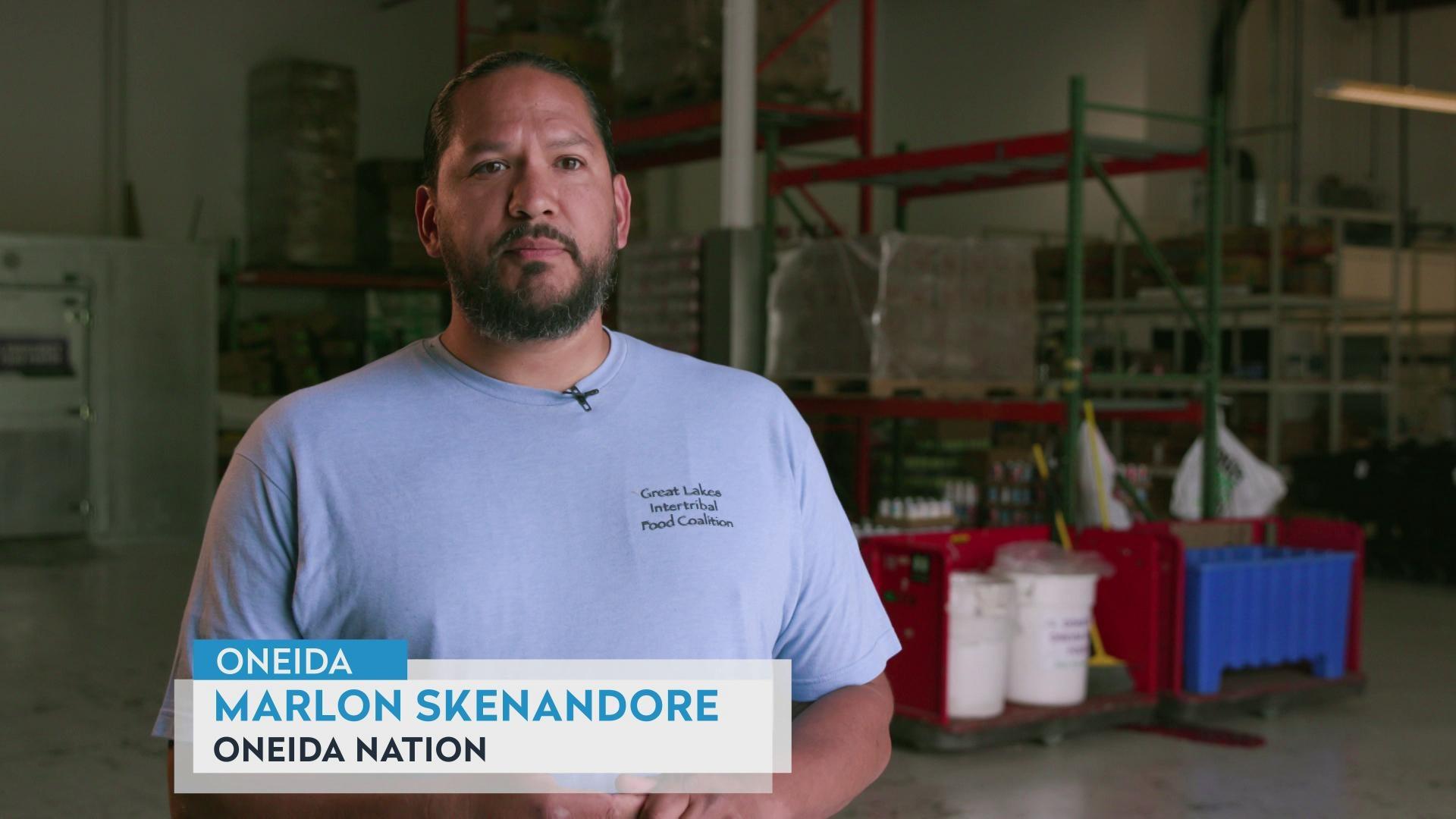

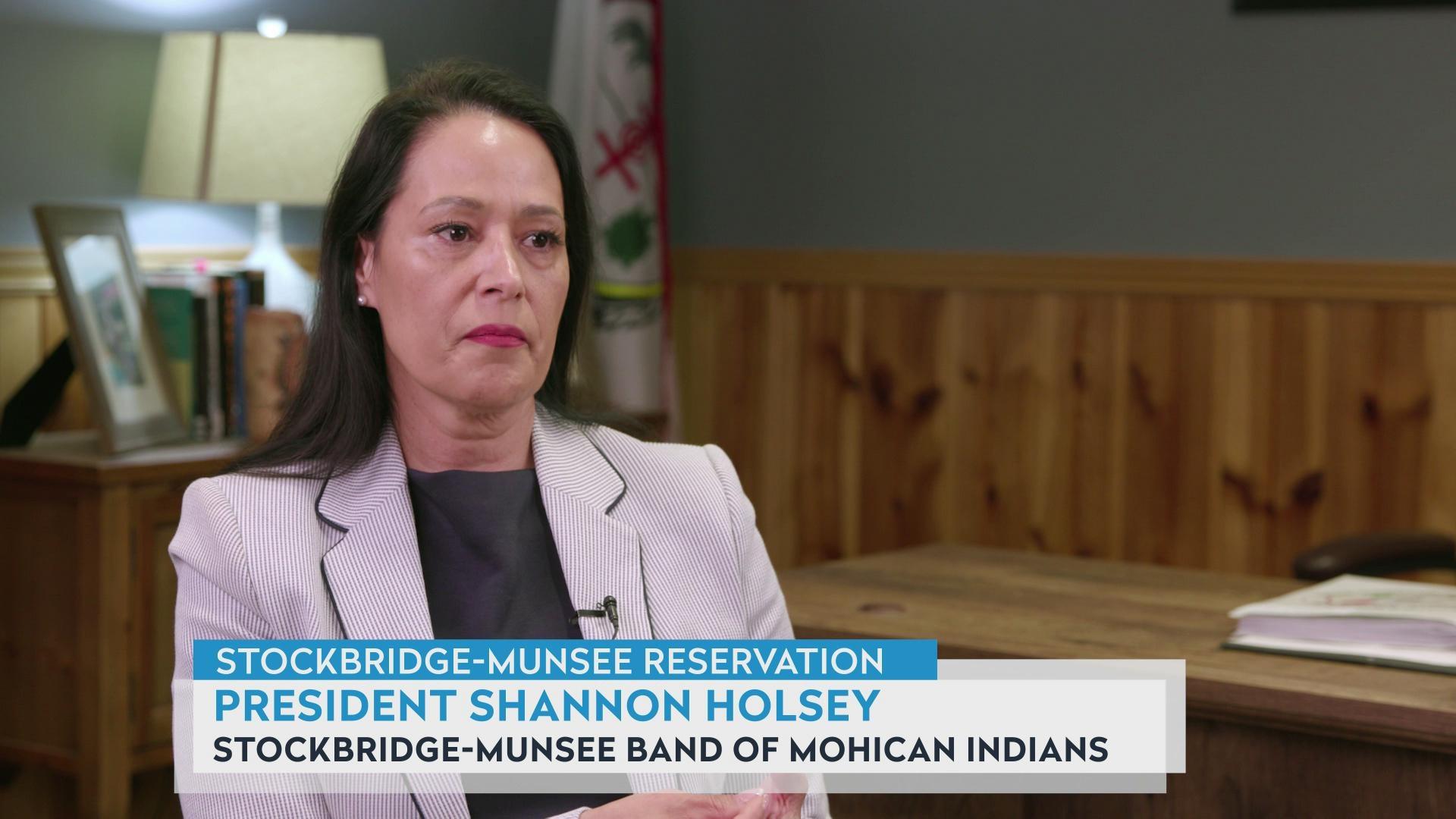

Follow Us